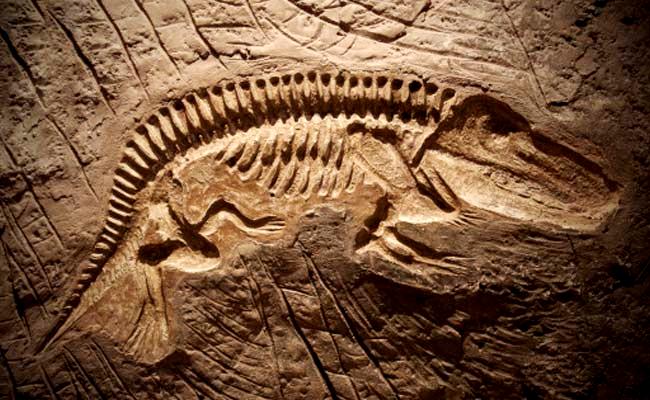The Jurassic Period, which lasted from about 201 million to 145 million years ago, represents the middle segment of the Mesozoic Era time often called the "Age of Dinosaurs". During this period, the supercontinent Pangaea began to break apart into two major landmasses: Laurasia in the north and Gondwana in the south. This continental shift contributed to changing ocean currents, rising sea levels, and a much warmer, more humid global climate, with lush forests growing near the poles and vast inland seas covering large areas.
Dinosaurs flourished during the Jurassic, evolving into a remarkable diversity of species. Iconic plant-eating giants such as Stegosaurus, Diplodocus, and Brachiosaurus roamed the land, while powerful predators like Allosaurus hunted them. The period also saw the rise of early birds like Archaeopteryx and many marine reptiles in the abundant seas. This age was a golden era for dinosaurs but also saw a diversification of plants particularly gymnosperms like cycads and conifers which supported thriving insect populations and contributed to rich, complex ecosystems on land and in water.
The Jurassic Period ended as continents continued to drift, leading into the Cretaceous. Volcanic activity, the opening of the Atlantic Ocean, and the formation of new mountain ranges shaped the geography and climate. These dramatic environmental changes continued to influence evolution: dinosaurs would reach even greater diversity and dominance in the periods that followed, but the legacy of the Jurassic remains central to our understanding of prehistoric life.
